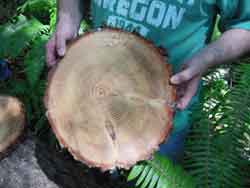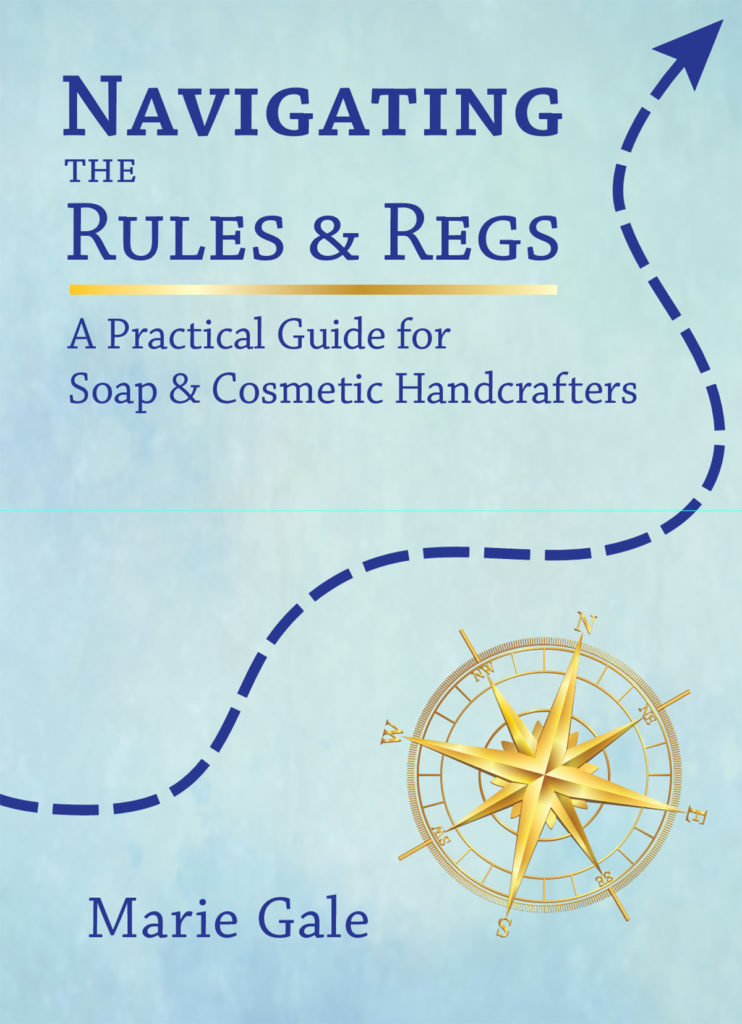 This weekend marked the half-way point for my Master Woodlands Manager training. We covered, on Friday afternoon and Saturday, business, taxes, planning, marketing, logging and roads. About half the time was spent in the field, making a plot in a forest stand, calculating board feet, looking at options (log? thin?) and then bucking a tree.
This weekend marked the half-way point for my Master Woodlands Manager training. We covered, on Friday afternoon and Saturday, business, taxes, planning, marketing, logging and roads. About half the time was spent in the field, making a plot in a forest stand, calculating board feet, looking at options (log? thin?) and then bucking a tree.
As one of the instructors said, we just covered the tips of the mountain range. I came away with at least an idea of what I need to know more about.
The business and tax portions of the class were pretty straight forward. Much of the information I was familiar with, having done the accounting for the ranch for 10 years now, but I did learn some key things that may change the way our taxes are done and will certainly change the records I keep. I also know some new wording that I need to ensure is in all our future contracts.
I’m never going to be a logger, out there in the woods cutting down trees (“falling”) and cutting them into lengths for the mill (“bucking”) so that information was more so I can understand what’s being done than actually learning how to do it.
Planning skid roads and the impact of equipment on the soils was very interesting to me. That’s something that’s always been left to the logger (and they prefer it that way) but now I think I have enough information to at least participate in discussions and decisions on the matter.
I was most interested in the calculations of volume; figuring out the board feet in a tree or a forest stand. It’s not a matter of having to measure and calculate every single tree – there are pretty accurate formulas for figuring it out based on the measurements of thousands of trees. There are little charts that give you the numbers! Who knew?
We measured one tree, calculated it based on what the charts said the board feet would be, and then bucked the tree to see if what when to the mill was what the chart said. It matched exactly! Wow.
We also did some calculations on how to measure the growth of a tree or a stand, which can be used as a way to determine stand health, how much wood is growing and whether the growth is slowing down … all information to use in decided what and when to log.
So far I’ve come away from the class with tons of useful information, more understanding of what I don’t know and where to go to get answers, a binder full of publications covering all the topics in depth (still haven’t read all of them) and a rapidly (exponentially!) growing to-do list which will already last me several years … and I still have more classes!
About the picture
The image above is a cross section cut from the tree we bucked and measured. It was cut 4.5′ from the ground (“breast height”), which gave us the DBH (“diameter at breast height”), which for this tree was 13 inches. Counting the rings, it was 51 years old. It contained a total of 200 board feet (1 board foot is one piece of wood 1′ square and 1″ thick).




Leave a Reply